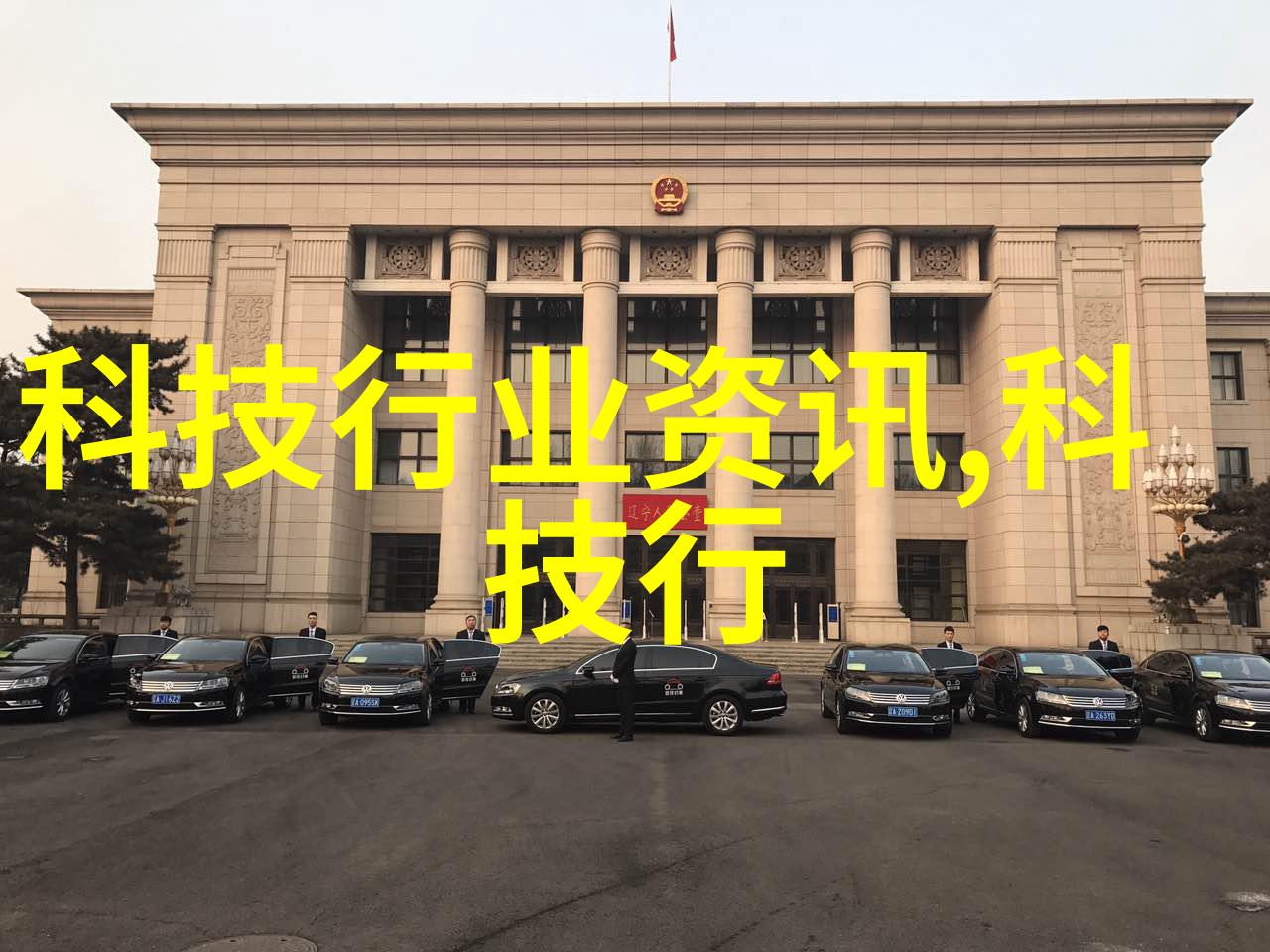
防水处理雨季施工不可或缺的技术要点
在建筑工程中,防水处理是确保建筑物结构安全、延长使用寿命的重要措施。尤其是在雨季施工期间,防水工作更是显得尤为关键,因为这时外界环境湿润多变,对建筑材料和结构有着较大的冲击。

雨季施工与防水处理的紧迫性
随着气候变化,世界各地都出现了越来越频繁和强烈的极端天气事件。中国同样如此,每年的夏季往往伴随着持续不断的降雨,这对进行中的建筑工程构成了严峻挑战。在这种情况下,如何有效地进行雨季施工,并保证建筑物不受潮湿影响就成为了一个头等大事。

防水处理的基本原则
选择合适材料:在选择用于防水处理的材料时,一定要考虑到这些材料能够承受不同程度的地面沉降、土壤膨胀和其他可能引起损害的情况。这通常涉及到对各种类型的地坪涂料、屋顶涂料和墙面涂料进行仔细比较,以确定最适合当前项目需求的产品。
设计详尽:良好的设计对于确保保护层能够完美覆盖所有潜在漏水点至关重要。这包括但不限于洞口(如排风管道)、门窗周围以及任何可能渗透内部空间的地方。

实施高效:执行方案需要遵循严格的一致性标准,以确保每个区域都得到充分保护。此外,还应考虑采用可重复使用设备以减少成本并提高效率。
雨季施工措施概述
1. 地基改善与基础加固

在开始主体建设之前,需要对地基进行彻底检查。如果发现问题,就必须采取相应措施,比如增填土方或实施深基坑支护系统,以确保地基稳定性,并为整个项目提供坚实基础。
2. 防洪预案

如果建设地点位于低洼地区或者易发洪灾区域,那么制定一套完善的人工智能监测系统对于预警洪灾至关重要。此外,还应该准备好必要的大型泵站,以便迅速排除积蓄在地面上的积水。
3. 保持现场干燥
保持施工作业现场干燥是一个巨大的挑战,在没有足够通风的情况下会导致混凝土早期硬化的问题。因此,在规划上应当考虑到通过机械通风或者人工方式保持室内空气流动,从而避免混凝土发生裂缝问题。
4. 施工队伍培训
无论是操作人员还是管理团队,都需接受关于雨季施工特有的知识培训,使他们了解如何应对特殊条件下的挑战,如过快降温造成混凝土收缩、泥浆浇筑时间限制等问题,以及如何识别潜在风险并提出解决方案。
结语
总结来说,rainy season construction measures are crucial to ensuring the safety and durability of buildings during this challenging period, as it provides a framework for architects, engineers, and contractors to plan their work effectively in response to adverse weather conditions while maintaining quality standards.
In summary, effective rainy season construction measures involve careful planning, meticulous execution, and constant monitoring to ensure that the project stays on track despite harsh weather conditions while adhering to high-quality standards.
By implementing these measures proactively and consistently throughout the project lifecycle, stakeholders can help minimize potential risks associated with rainy season construction activities and achieve long-lasting results for their clients' properties.
In conclusion, incorporating rain-resistant techniques into your architectural plans is not only an essential aspect of building design but also a critical step towards safeguarding your investment against unforeseen weather events in the future.
As such, prioritizing rainy season construction strategies should be viewed as an opportunity for innovation rather than a challenge by leveraging advanced technologies like smart sensors or AI-driven monitoring systems that can enhance efficiency without compromising quality control standards.
By doing so will help you create structures that stand strong through all seasons – including those marked by heavy rainfall – making them truly resilient infrastructures worthy of pride!




